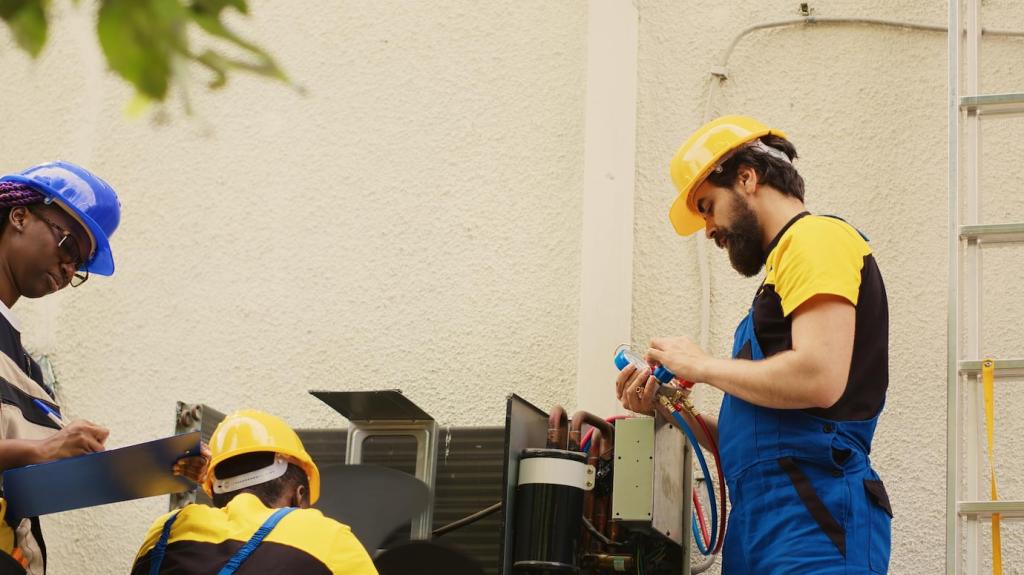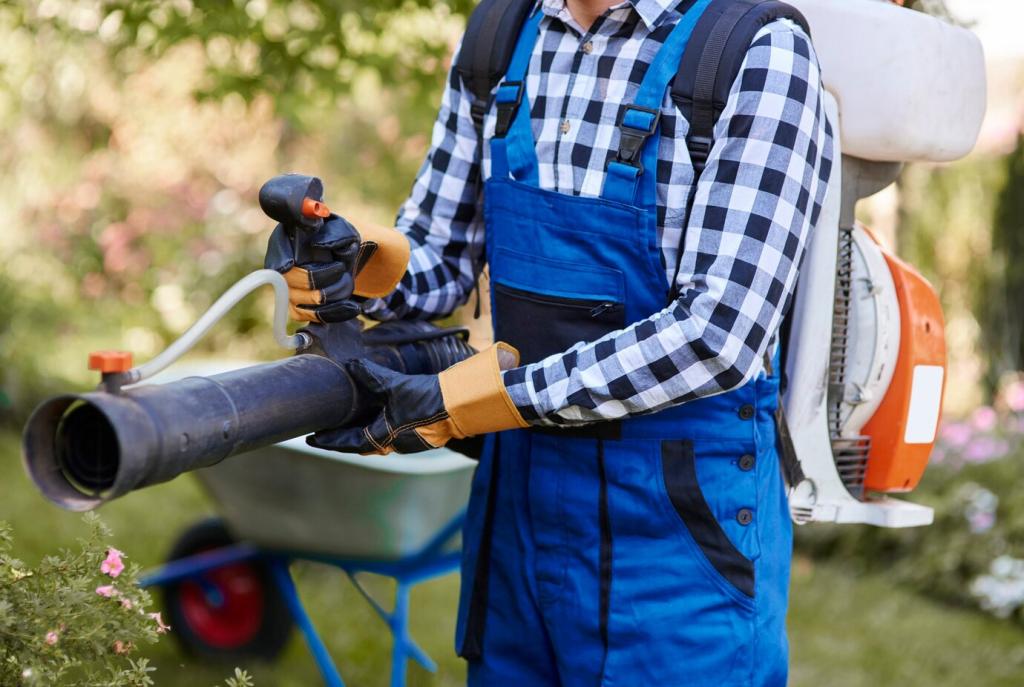Daily Care Habits That Protect the Planet
Use a soft microfiber slightly dampened with water to trap dust instead of spreading it. Gentle strokes follow the grain, preventing micro-scratches and reducing the need for harsher cleaners later.
Daily Care Habits That Protect the Planet
Rotate pieces quarterly to balance exposure. Shield surfaces from direct midday sun and heating vents to prevent warping and bleaching, saving energy otherwise spent on repairs or premature refinishing.



